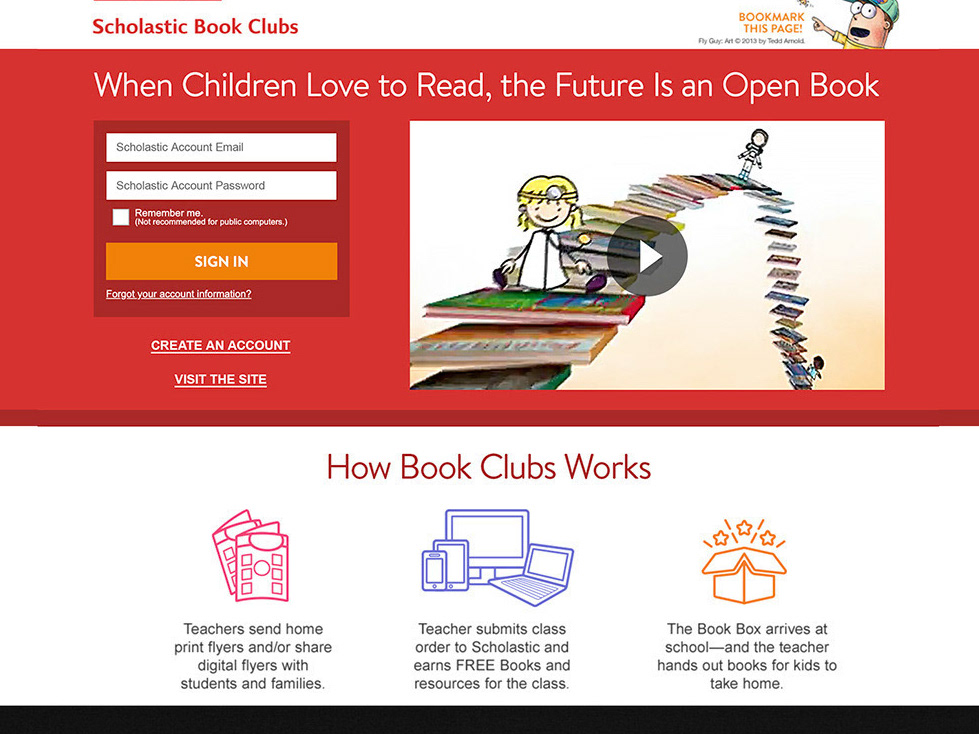The Scholastic Book Clubs partners with teachers to build classroom libraries while nurturing a community of readers.
Why
Every student in the classroom deserves to get the best children’s books into their hands to become successful lifelong readers and discover the joy and power of good books.
What
When teachers actively participate in the Book Clubs program, they get great benefits and earn rewards and points that can redeem with books and resources. That’s how they build their classroom libraries with the best children’s books and resources.
How
Scholastic Book Clubs send grade-specific flyers with order forms to the participating teachers, which include monthly promotions and rewards. The books on these flyers are handpicked by teachers and children's book editors and carry low prices, especially for the school market. The teacher distributes the flyers to the students and shares the digital flyers with the parents.
The teachers work as “admins” for the program. They must collect the students' flyer orders and add them to the cart along with their products. They also receive the online parents’ orders, and when they’re ready before the month ends, they place one big order.
The teachers earn more points by placing a monthly consolidated order that includes theirs and the students'. So the bigger the order, the more points the teacher gets. Teachers can then shop using their bonus points as well as US currency. They can redeem the bonus points for books and resources for their classroom.



Observed Methodology and Challenges
Too much work and time-consuming for the teachers to order for their students.
The packing slip listed all books together, so the book distribution required much work from the teacher.
When the book box arrived, the teacher needed to spend time grouping the books by students' order, and they must keep a record of what order each kid to distribute accordingly.
Incentive parents’ participation in ordering online will alleviate the work on the teacher to place the students' paper orders.
A lack of mobile solutions, desktop only.
Methods Used to Identify The Problem
Tracking Customer Service calls.
Review tickets associated with the problem.
Compare the issues with ForeSee satisfaction ratings, ForeSee open-end comments, and Communispace comments for consistency.
We analyzed tasks and created personas, journey mapping, and prototypes.
We created a clickable prototype, ran user testing, gathered feedback, and improved the prototype to rerun the test
Personas and Use Cases




UX/UI Inventory and Prioritization



eCommerce Digital Transformation
Business Requirements Documents (BRD)




Potential Solution & Idea Development
We identified three entry-points for teachers ordering:
1. Their own teachers’ order
• Implement an option to add products to the cart using the item number from the monthly flyer
• Be able to select the payment method of their orders, by bonus points or dollars
2. The student’s flyer/paper order forms which are the ones the parents send back with a check
• Implement an option to add products to the cart with the child’s name using the item number from the monthly flyer
3. The students’ online orders that are placed by the parents.
Concept development and design
We chose a small multidisciplinary team who worked as an agile squad, meeting weekly to validate the design work with developers and the product manager, creating further proof of concept prototypes based on the business requirements.
We created different paths to solve the problem and ran usability tests with participant teachers. After the feedback and proof of concept, we implemented the three entry points, improved our communications, and created incentives for parents. We created a series of tutorial videos to support teachers and parents in participating in the program.
Student Paper Order-Entry
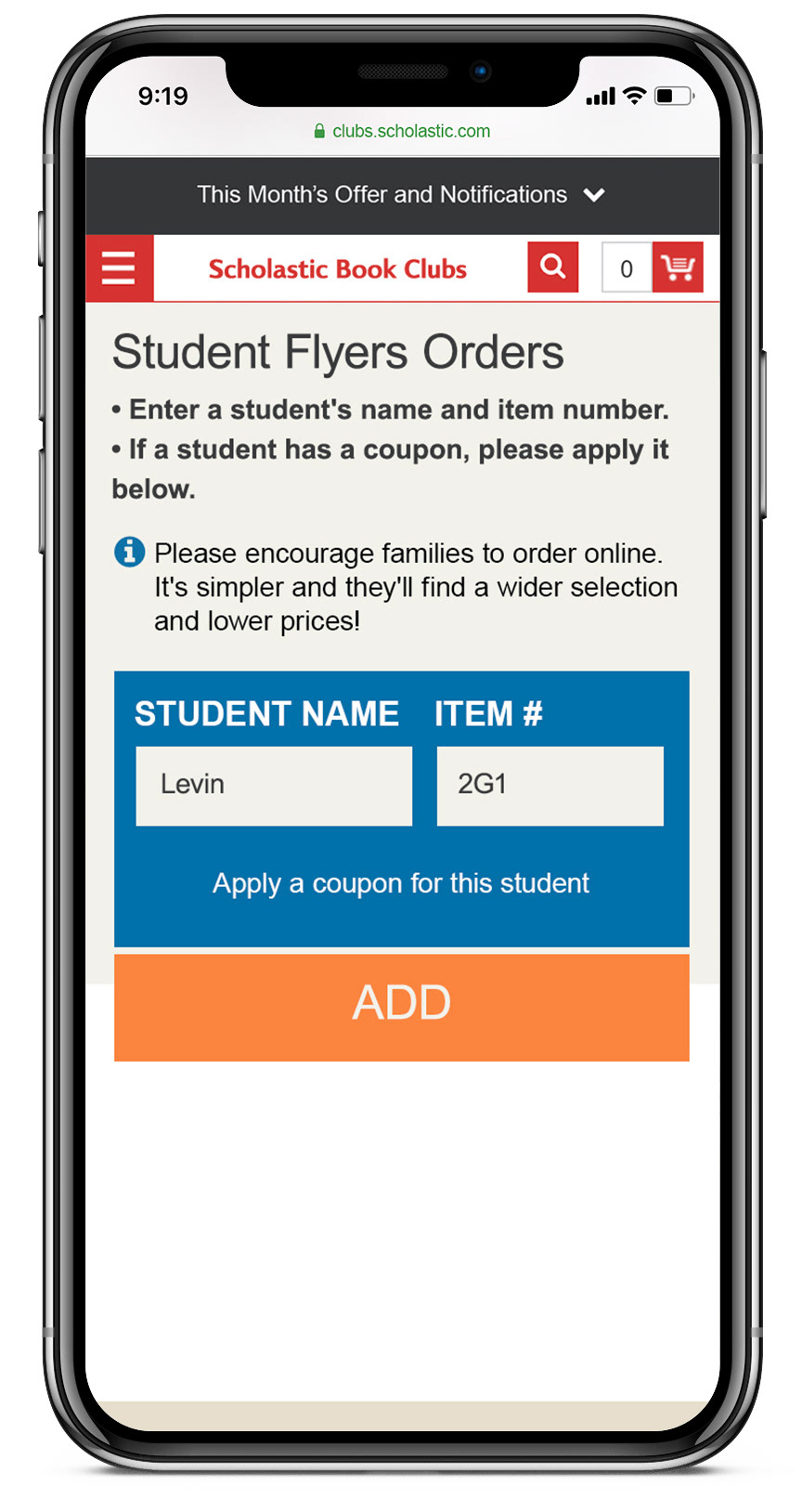


Teacher Order-Entry

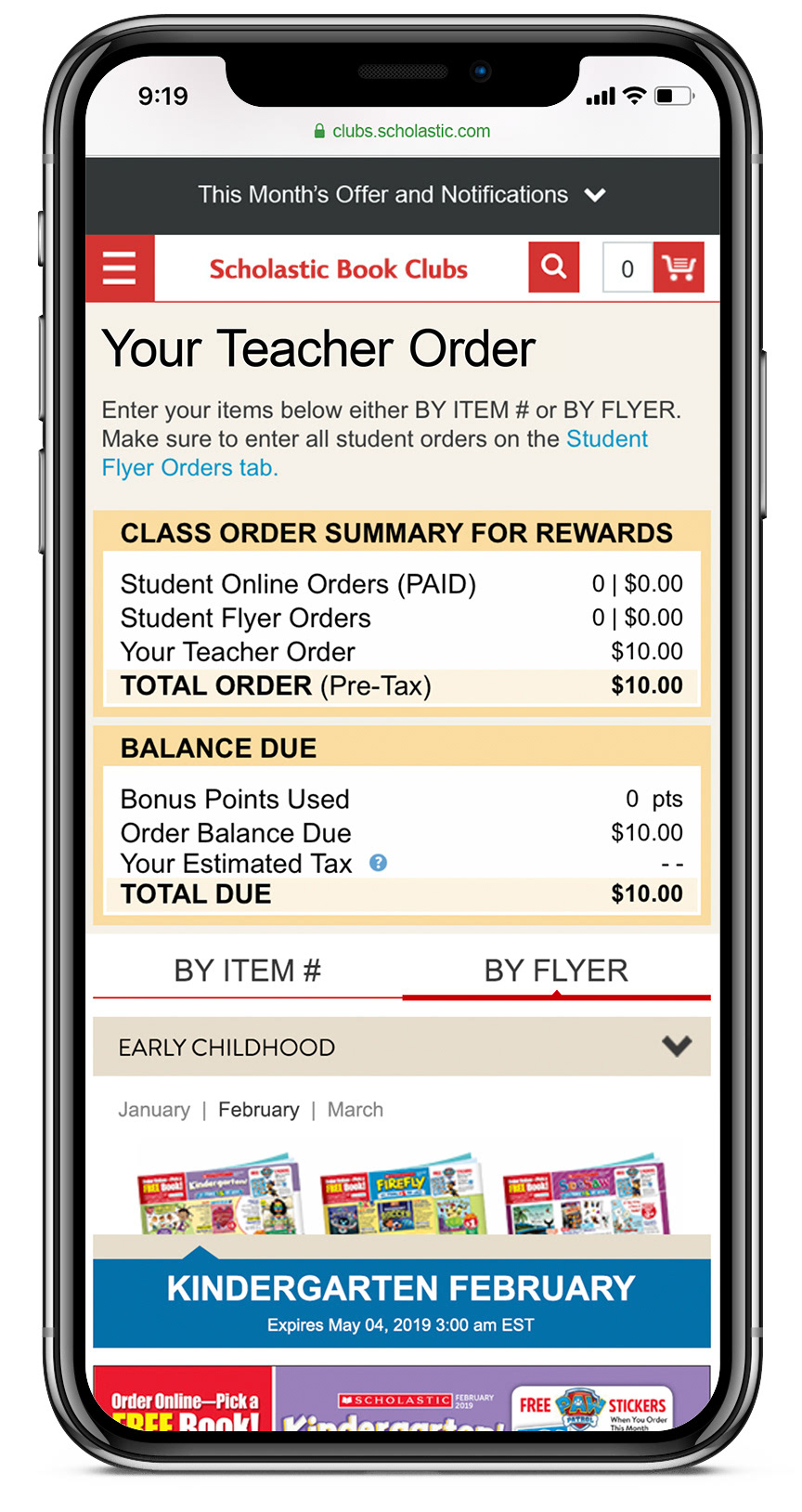

Review Cart
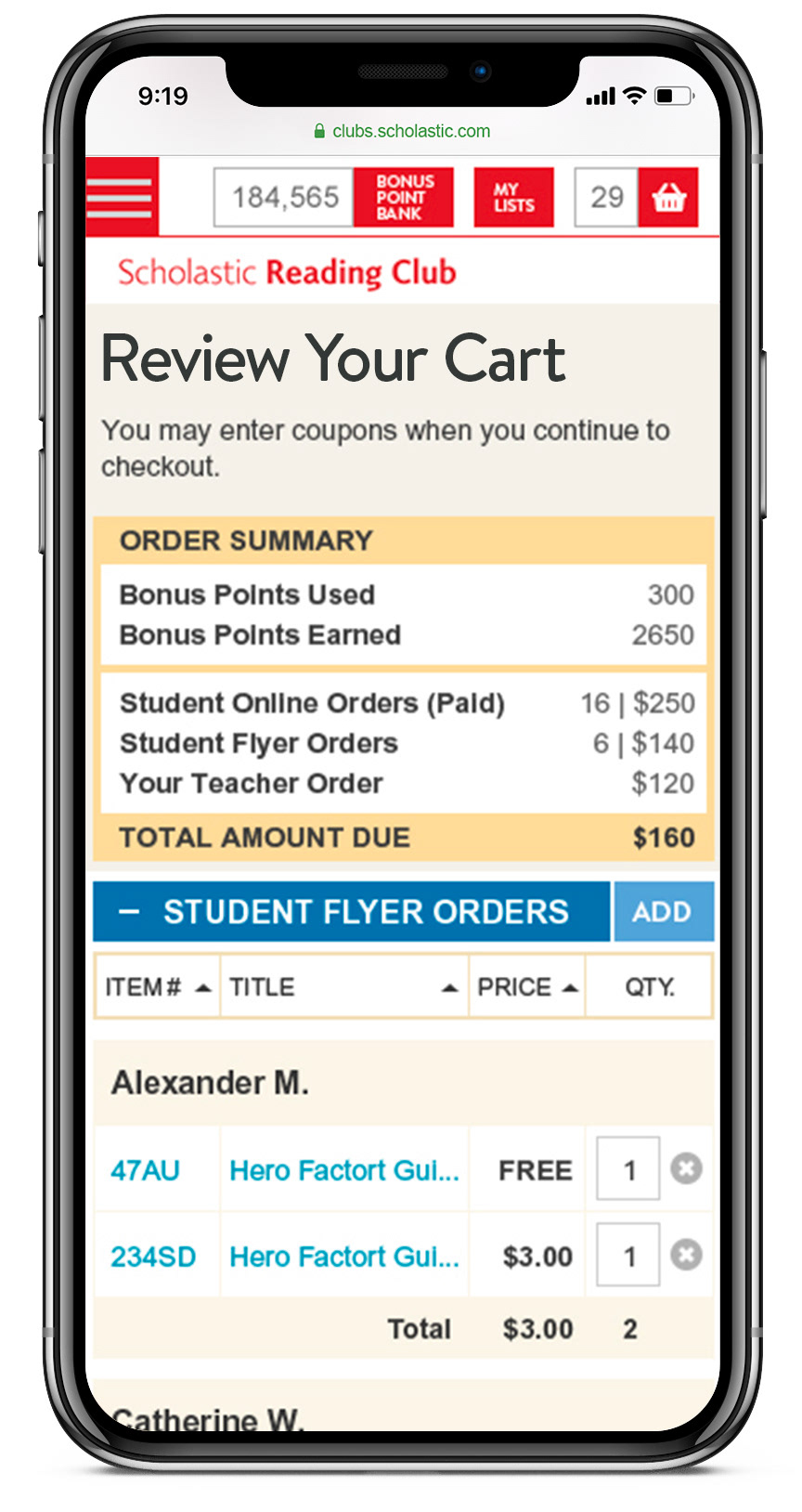




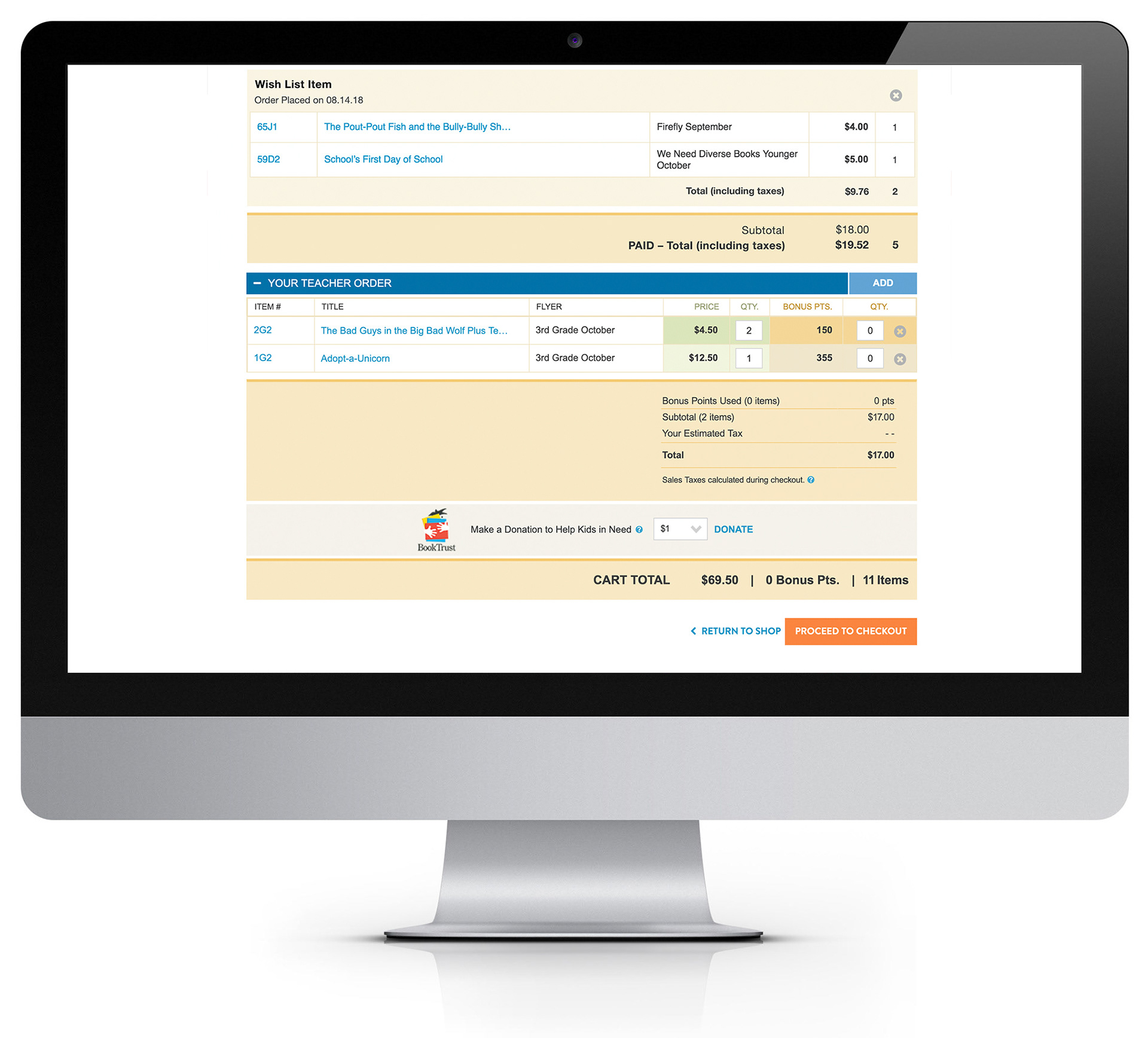
As a result
The cart is organized by three entry points, which help the teachers quickly review it.
The packing slip is itemized and grouped by student names making the distribution much simpler.
Teachers' and parents' orders went up by 23% in a year.
What I did
Creative Director. Product Design Lead. Conduct research and strategy. Concept development.
In collaboration with:
David Vozar. Senior VP, Creative Services
Ghalia Bhatty. Senior Product Manager and Director
Elizabeth Kokot. Business Analyst
Ruben Perez. Senior Project Manager & Analyst
Lara Kohl. UX Research and Design
Tesia Kosmalski. UX Designer Lead
Daniel Ocando. UX/UI Senior Designer
David Vozar. Senior VP, Creative Services
Ghalia Bhatty. Senior Product Manager and Director
Elizabeth Kokot. Business Analyst
Ruben Perez. Senior Project Manager & Analyst
Lara Kohl. UX Research and Design
Tesia Kosmalski. UX Designer Lead
Daniel Ocando. UX/UI Senior Designer
Ben Luckey. UX Designer
Godwin Chu. Senior Copy Director
Umakanth Thanasekaran. Senior Manager – Application Development
John Davis. Senior Manager – Front End Developer
Shashi E. Quality Assurance Manager
Godwin Chu. Senior Copy Director
Umakanth Thanasekaran. Senior Manager – Application Development
John Davis. Senior Manager – Front End Developer
Shashi E. Quality Assurance Manager
